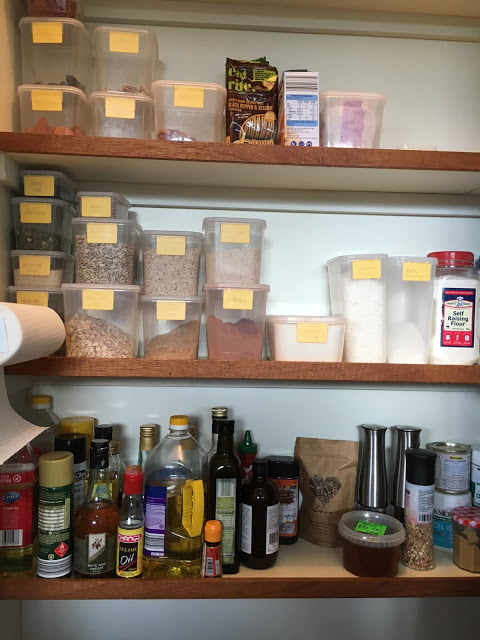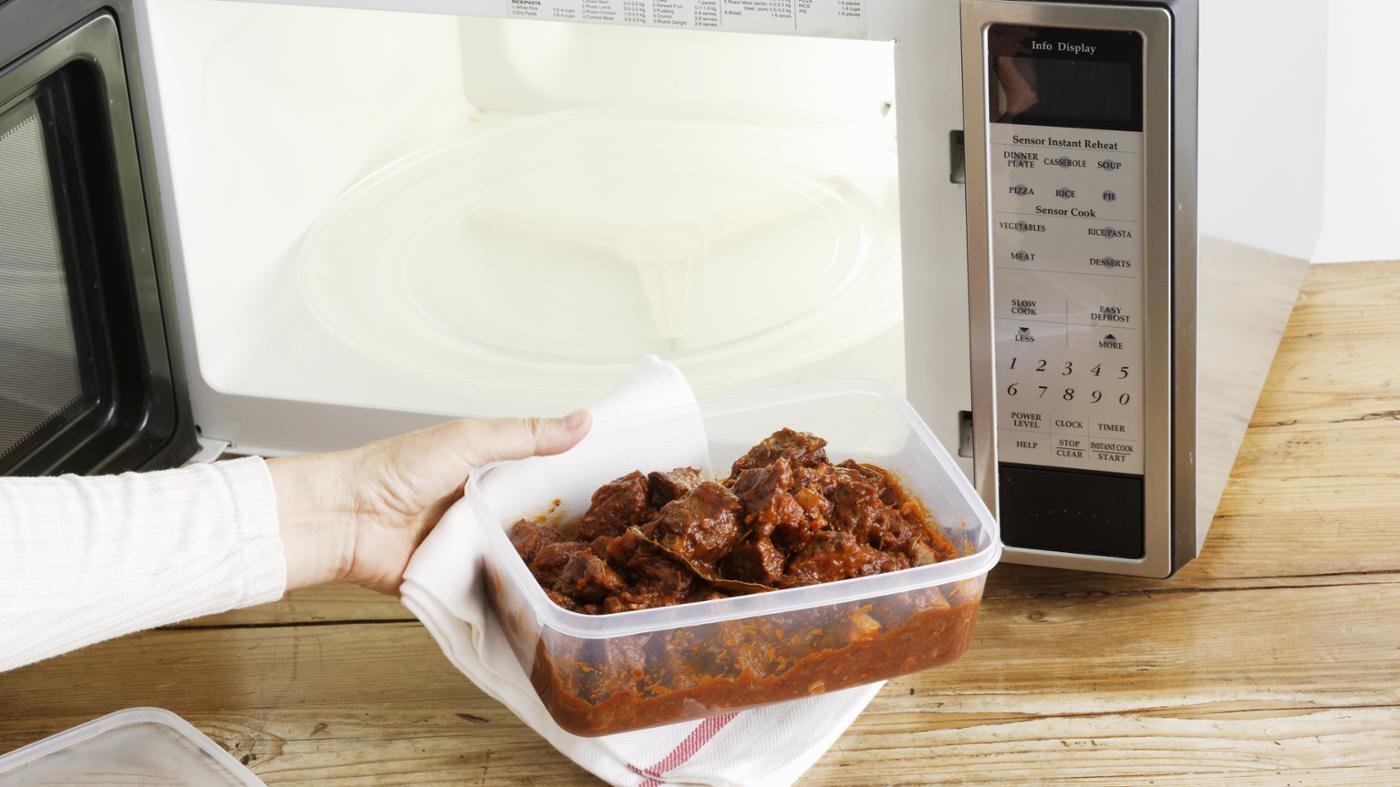
Everyday without even realizing we throw tons of food into garbage that later end up in the landfills. The kitchen waste could be reduced provided house chefs begin planning ahead of time for a week’s grocery. Storing surplus and leftover food appropriately is what we need to focus on to reduce every day’s kitchen waste. Tupperware containers offer product specific mates that let you save leftover food in refrigerator, freezer or in microwave if meant to be reheated.
Make a Grocery List
Make a running grocery list – a list containing items that you need every month. This list will help you grab on the items you know you are going to use sooner or later. This assures that whatever you buy from the list will be consumed no matter what, reducing the risks of kitchen waste.
Organize your Pantry with Tupperware Containers

Pic Credits
An organized pantry leads to minimal wastage. Having your grains, spices & breads stored in clear Tupperware containers allow you to scan immediately on what ingredients you are running short. This way you don’t only double the space in your pantry but also save money on re-buying the items you already stock hence less food waste. You also minimize the risks of bug infestation!
Refrigerate Leftover Food in Tupperware Fridge Mates

The leftover food should be refrigerated in the order you want to consume. Food items that perish quickly must be consumed earlier than the food that you think will last a couple of days more. Keep these food containers in the front row so you can easily pick them.
It is necessary to convert leftover food into fridge within 2 hours of being cooked and must be consumed within 4 days. If you plan to eat it later, consider freezing it using freezer Tupperware containers.
Reheat Only Once: Microwave Tupperware Containers

As long as you are reheating food to 165F each time, the food is technically safe to eat but the texture and quality may reduce. It is important you reheat food only once to keep it taste fresh longer. Only heat the portion you think you will consume right away and refrigerate the remaining. Microwave safe Tupperware containers enable you to reheat food whilst ensuring the food does not go bad on texture. The lids have a vent that let the warm air blow out while trapping the microwaves inside. As a result the food does not become chewy or beady.
Reheating food in plastic containers that are not BPA free leach harmful chemicals into your food. This may lead to cancer in later stages of life.
Maximize the Shelf Life of Food with Tupperware Containers
It is important to preserve food ingeniously or else otherwise you will be adding to food wastage. Preserving food in covered, airtight and sealed Tupperware containers maintain the nutritional value of food whilst ensuring the freshness. Understand the difference between best before & expiration dates. Some food items may still be usable past their prime time. For instance, stale bun can be cooked into crotons and a mushy soup, casseroles etc can be prepared using over ripe vegetables.

Though it may sound like a little more over the work burden you already have but planning your kitchen supplies and purchasing only what you need will reduce carbon food print that will be required to decompose the food that you could have utilized meaningfully. Risk the wastage of food? Pack it in Tupperware dividers and donate the food to needy!




